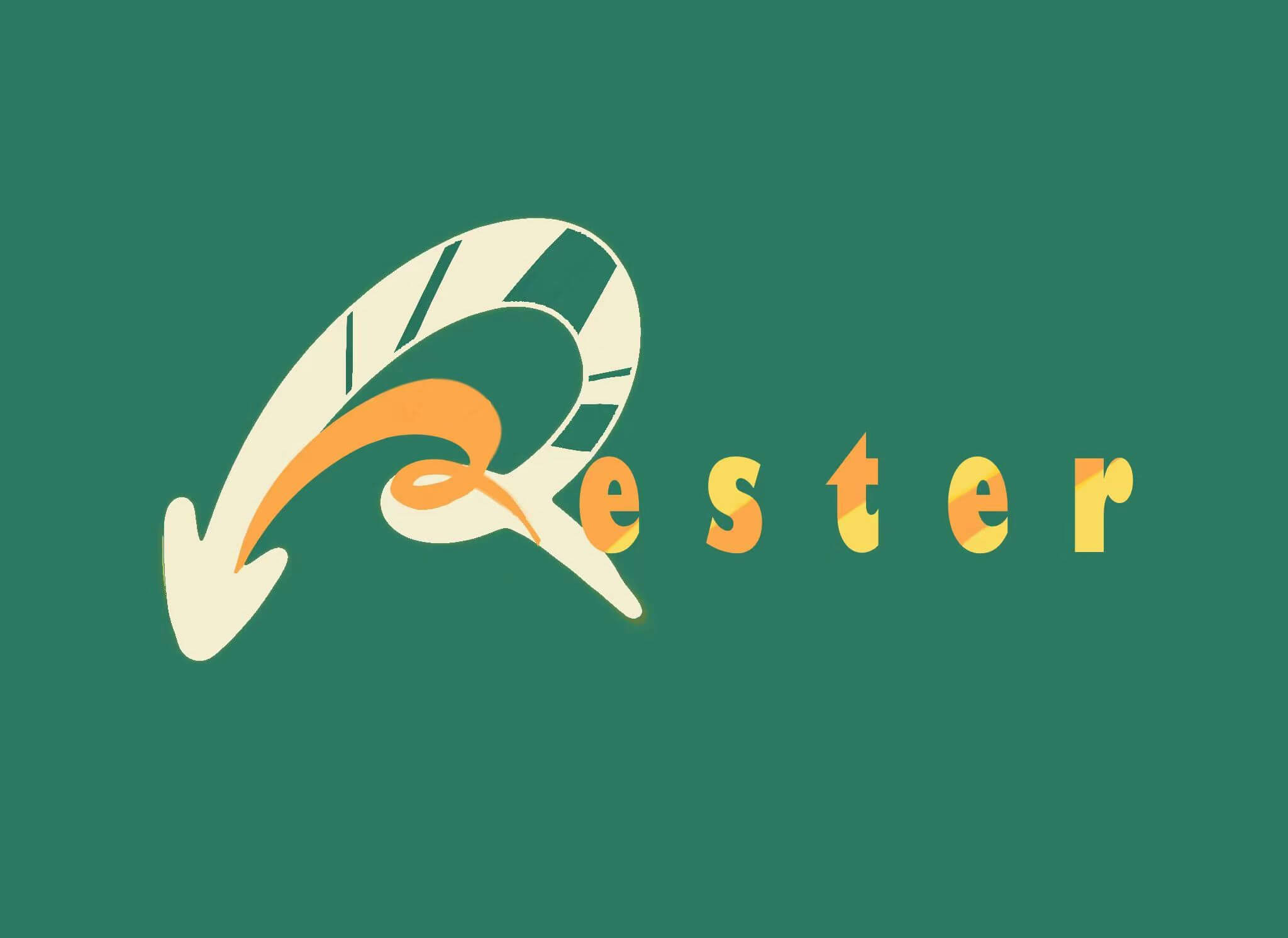Part:BBa_K4162118
ribozyme+RBS+CDS module: crtEBIY
Introduction
This biobrick was created through overlapping PCR of BBa_K4162009(ribozyme+B0_RBS+crtE), BBa_K4162013(ribozyme+T7_RBS+crtB), BBa_K4162016(ribozyme+T7_RBS+crtI) and BBa_K4162019(ribozyme+T7_RBS+crtY). These genes are a part of the carotenoid biosynthesis pathway and together, this biobrick converts farnesyl pyrophosphate to β-carotene. In this part, the RNA sequences of hammerhead ribozyme conduct self-cleaving, and the polycistronic mRNA transcript is thus co-transcriptionally converted into individual mono-cistrons in vivo. Self-interaction of the polycistron can be avoid. Ribozyme-assisted polycistron expression ensures each cistron can initiate translation with comparable efficiency.
Contents
Usage and Biology
We transfected this biobrick into E. coli to build single-cell factory for β-carotene production. Coding sequences of crtEBIY are separated by ribozyme sequences. In this part, the RBS of crtBIY has equal intensity while the RBS of crtE is significantly stronger than the others. Since crtE catalyzes the first step of the carotenoid reaction chain, increase the concentration of product catalyzed by this enzyme is beneficial for the remaining three steps. To avoid more serious flux imbalance problems, we boosted the RBS intensity of crtE only in this biobrick and explored whether the carotenoid production of the strain could be significantly enhanced.
Comparing to BBa_K4162021, we use B0_RBS rather T7_RBS to drive the translation crtE. B0_RBS is stronger than T7_RBS, which means greater chance for ribosomes to start the translation. Please note that the expression of crtE is obscure for BBa_K4162021 under IPTG induction, which also motivated us to enhance the expression of crtE.
Characterization
Agarose gel electrophoresis

Successful production of β-carotene
Figures 2 show that E. coli transfected with plasmid expressing this biobrick successfully produce β-carotene.
Sequence and Features
- 10COMPATIBLE WITH RFC[10]
- 12COMPATIBLE WITH RFC[12]
- 21INCOMPATIBLE WITH RFC[21]Illegal BamHI site found at 2202
- 23COMPATIBLE WITH RFC[23]
- 25INCOMPATIBLE WITH RFC[25]Illegal NgoMIV site found at 1681
Illegal NgoMIV site found at 1811
Illegal AgeI site found at 839 - 1000COMPATIBLE WITH RFC[1000]
| None |


